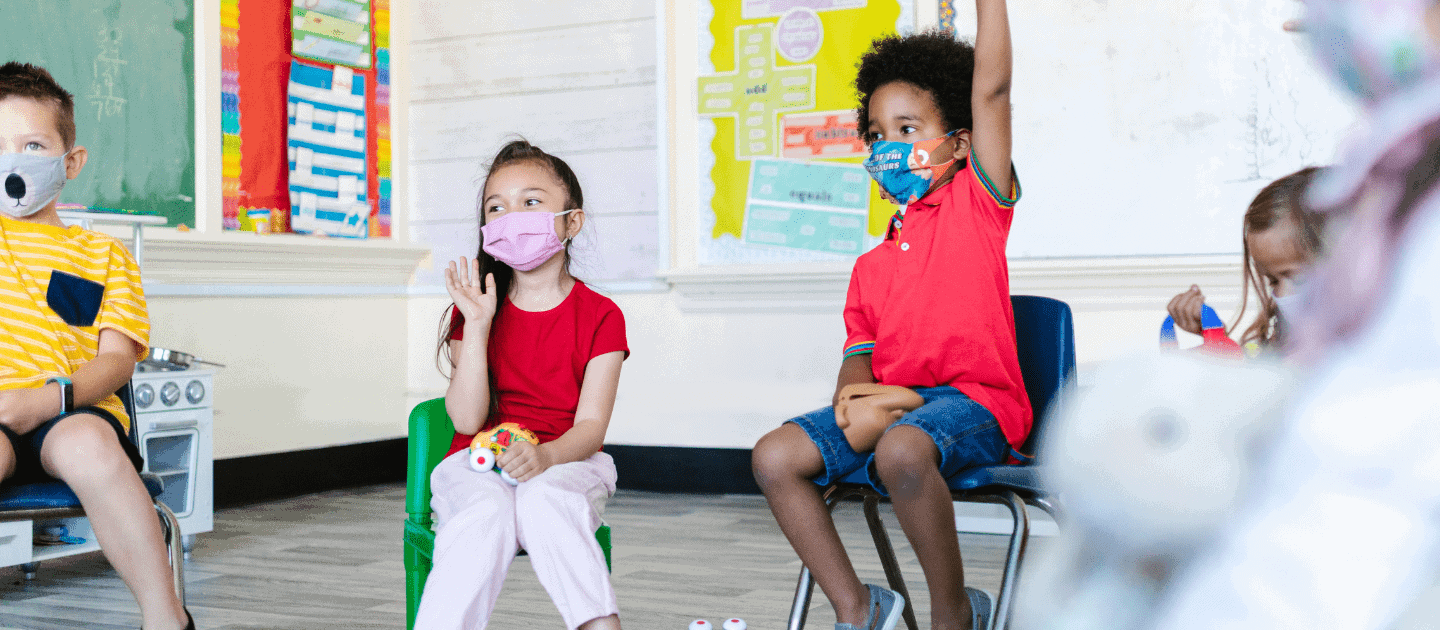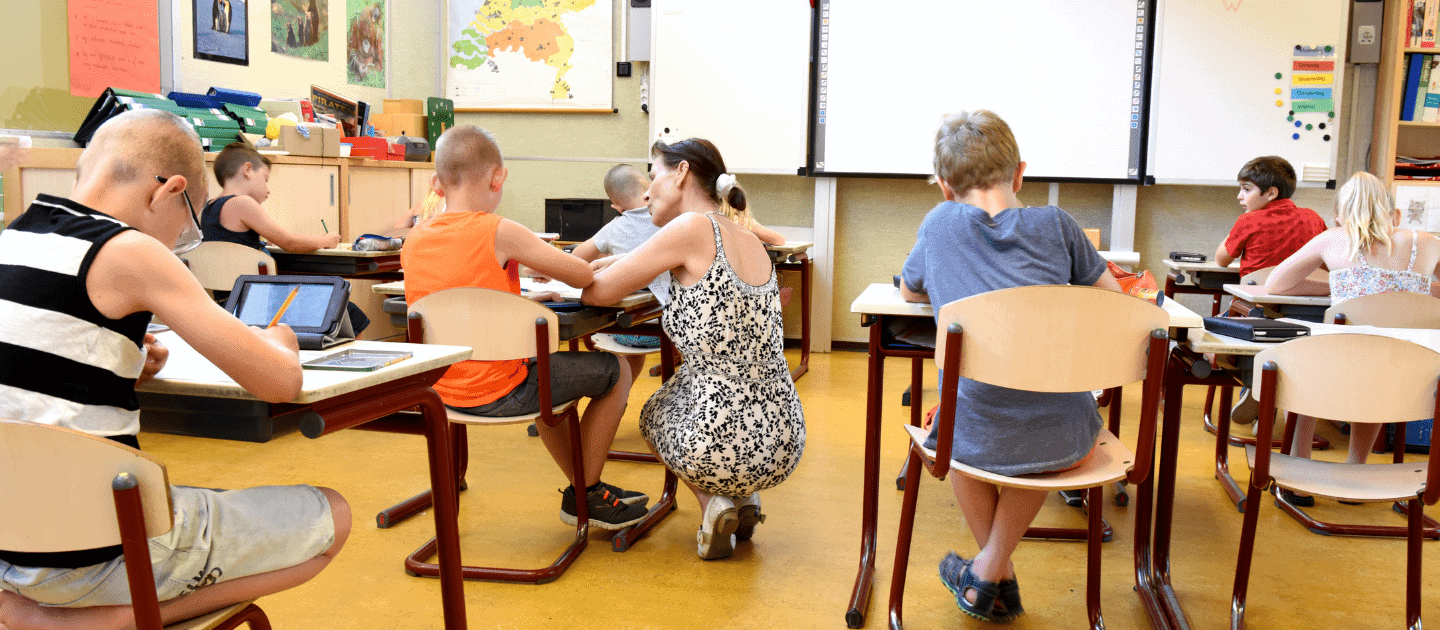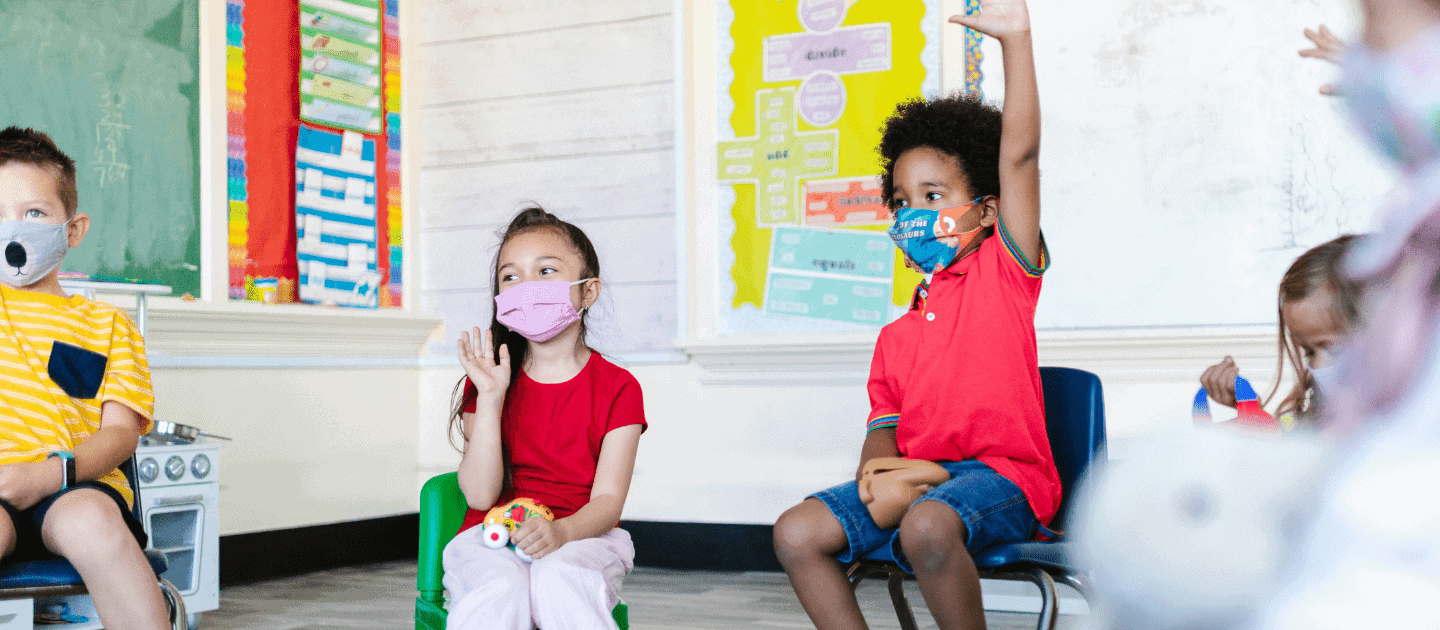Balancing Functional and Academic Skills for Students with Significant Disabilities

Students with significant disabilities deserve to (and can) learn academic skills from the general education curriculum along with the functional skills needed to master daily living.
Understanding Strengths and Weaknesses of a University Student with Learning Disabilities

Although students with learning disabilities (LD) may experience difficulties throughout their academic career, they can develop strategies to overcome them—at times, without professional guidance.
Supporting Learners’ Metacognitive Awareness

Metacognitive awareness (MA) is a significant predictor of academic achievement, enabling learners to take charge of their own learning by increasing their self-reliance, flexibility, and productivity.
Memory Aids: Trend or Necessity?

Memory aids are being used as accommodations more often than before, and the question of whether they are actually necessary or if they are depriving students of learning effective study and retrieval strategies—leading to an extended dependence on unnecessary accommodations—is arising.
test nov 02 1
Key Takeaway: Memory aids are being used as accommodations more often than before, and the question of whether they are actually necessary or if they are depriving students of learning effective study and retrieval strategies—leading to an extended dependence on unnecessary accommodations—is arising. —Shekufeh Are Memory Aids Fair? Memory aids have been gaining popularity in […]
How Did Sibling Relationships Fare During Lockdown When a Child Has Special Needs?

During the COVID-19 lockdown, there was a rise in sibling conflict in families where at least one child had moderate special educational needs and disabilities (SENDs).
Is Special Education Reform Working? A Case Study from New York City

The inclusion of students with disabilities (SWDs) within general education classrooms and the improvement of academic performance continues to be a challenge faced by many school districts across the United States.
Is Reprimanding Students an Effective Behavior Management Strategy?

Research suggests that teacher reprimands do not decrease students’ future disruptive behavior or increase their engagement levels.
Create More Accessible Websites with Abilities Design

By using Universal Design, Universal Design for Learning, and Inclusive Design methodologies and principles in combination, websites can be designed to be accessible for all people.
Direct Effects of COVID-19 on Education for Learners of All Ages

Though it is too soon to have a large bank of data of the outcomes of COVID-19 on education, researchers anticipate a widening of the existing educational gap for students from lower socioeconomic differences and children with learning differences.
